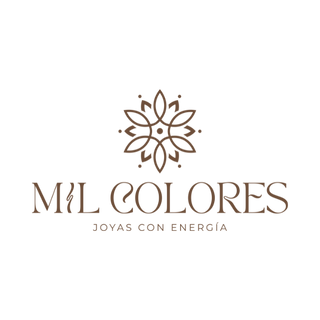In Chile, the fight against this disease is a constant challenge, but also an opportunity to raise awareness and promote prevention. In this blog, we will explain what breast cancer is, the current status of this disease in Chile, advances in early detection, and the support available for those battling this disease.
What is breast cancer?
Breast cancer is the most common type of cancer. It occurs when cells in the breast tissue begin to grow uncontrollably. These cancer cells can multiply rapidly and form tumors in the breast, which can lead to the spread of cancer to other parts of the body. Breast cancer can occur in both men and women; however, it is much more common in women.
Breast cancer in Chile
Breast cancer is the most common cancer among Chilean women, and the statistics are alarming. According to data from the International Agency for Research on Cancer (IARC), there are 55 cases of breast cancer for every 100,000 Chilean women. This makes it one of the leading causes of cancer death in Chilean women, surpassing deaths from lung or liver cancer, according to data from the Ministry of Health.
Early detection
Mammograms are a crucial tool in early detection. In fact, it has been shown that early mammography screening can reduce a patient's risk of death by 28%.
The Chilean government has implemented breast cancer screening programs that offer free mammograms to women between the ages of 50 and 69, with the goal of detecting the disease in its early stages.
In addition, women should learn to examine themselves regularly and be alert to any changes in their breasts, such as lumps, skin changes, or unusual discharge.
Why is pink the color of breast cancer?
In Western culture, pink is the color that identifies women. Furthermore, the color is bright, vibrant, and conveys a sense of health and well-being—the exact opposite of what cancer represents.
History of the Pink Ribbon
In 1991, Charlotte Haley began handing out pastel pink ribbons in the United States to raise awareness, promote action, and encourage breast cancer prevention. She handed them out to her neighbors and in supermarkets.
The message she added to each package with the ribbons was: "The National Cancer Institute's annual budget is $1.8 billion, and only 5% of it goes to cancer prevention. Help us wake up lawmakers and America by wearing this ribbon."
The editor of “Self” magazine, a women’s health magazine, was interested in this campaign, but Charlotte Haley declined to include her campaign in the magazine because she thought it was too commercial.
The magazine's editor then collaborated with Evelyn Lauder, general vice president of Estée Lauder, to develop an October campaign in which they distributed a total of 1.5 million pink ribbons to their readers, and it became a success.

